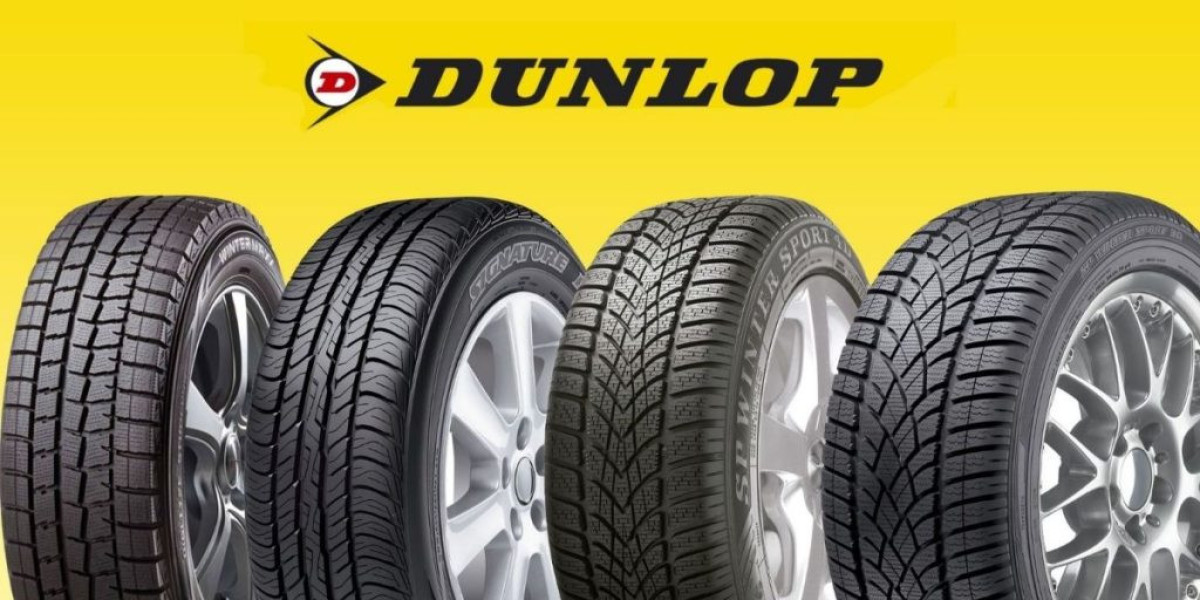The Europe Electric Vehicle Battery Recycling Market Analysis shows strong growth potential, fueled by rising EV penetration and stringent EU recycling regulations. The analysis highlights that recovering critical materials like lithium, cobalt, and nickel can significantly reduce Europe’s reliance on imports. Technological innovations such as direct recycling and advanced separation processes are enhancing efficiency. Additionally, collaborations between automakers, recyclers, and policymakers are shaping the market landscape. The analysis suggests that as EV sales continue to rise, battery recycling will become a cornerstone of Europe’s sustainability goals, creating opportunities for both established companies and new entrants.
The European electric vehicle (EV) battery recycling market is at a pivotal moment, transitioning from a nascent industry to a critical component of the continent's circular economy and energy independence strategy. As the number of EVs on the road soars, the question of how to manage end-of-life batteries becomes increasingly urgent. This market is driven by a unique confluence of factors, including ambitious regulatory frameworks, technological advancements, and the strategic need to secure critical raw materials.
The Regulatory Catalyst
Europe's approach to EV battery recycling is defined by its comprehensive and forward-thinking regulatory landscape. The EU's new Batteries Regulation is a landmark piece of legislation that sets a global standard for battery sustainability. This regulation is designed to govern the entire life cycle of batteries, from material sourcing to recycling and repurposing.
Key provisions of the regulation include mandatory recycling targets and material recovery rates. By 2025, a minimum of 65% of lithium-based batteries must be recycled, with this target rising to 70% by 2030. The regulation also sets specific recovery rates for valuable materials, with a goal of recovering 90% of cobalt, nickel, and copper and 50% of lithium. These targets will be further tightened over time.
A groundbreaking element of this regulation is the concept of a "battery passport." In the coming years, every EV and industrial battery sold in the EU will require a digital passport. This passport will contain detailed information about the battery's chemical composition, manufacturing history, carbon footprint, and a record of its health and life cycle. This level of traceability is designed to facilitate safe handling, inform repurposing decisions, and ensure that recycling processes are transparent and efficient.
Technological and Economic Landscape
The recycling of EV batteries is a complex technical challenge, and Europe is at the forefront of developing innovative solutions. The two main recycling processes are pyrometallurgy and hydrometallurgy. Pyrometallurgy, a traditional method, involves smelting batteries at high temperatures to recover metals like cobalt, nickel, and copper. While effective for these materials, it is less efficient for recovering lithium and other lighter metals.
Hydrometallurgy is a more modern process that involves using chemical solvents to dissolve the battery's "black mass" and extract the critical minerals. This method is gaining traction in Europe because it offers higher recovery rates for a wider range of materials, including lithium. Some companies are also exploring hybrid pyro-hydro processes to combine the benefits of both methods.
The market is currently dominated by a number of key players and a growing ecosystem of startups. Major players have been building out their recycling infrastructure, with some using a unique pyro-hydro process and others opening large hydrometallurgical facilities. The market is also seeing new entrants and partnerships.
Despite the rapid growth and technological progress, the European market faces challenges. The high cost of collection and transportation of end-of-life batteries remains a significant hurdle. Furthermore, the volume of batteries reaching the end of their first life is still relatively small, which can make it difficult to achieve economies of scale.








